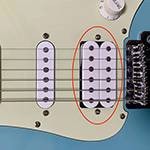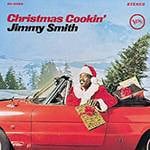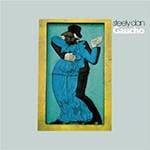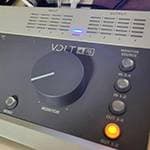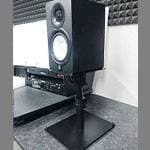The Power of Brazilian Percussion That Supports a Grooving Rhythm
Continuing from last time, this is Latin Jazz Feature Part 3.
Brazilian percussion is indispensable to Latin jazz and Afro-Cuban jazz. Among these, conga and bongo, with their Afro-derived sounds, stand out with a particularly strong presence.
Conga is an essential instrument in Latin jazz, Afro-Cuban jazz, salsa, and more.
When conga or bongo is added to the rhythm, it instantly creates a Latin mood, giving you the sensation that the dormant cells in your body are starting to stir. Simply put, it's music that energizes you just by listening to it. That’s Latin jazz.
This time, we will introduce songs heavily featuring percussion like conga and bongo, as well as groovy tracks where drums play a key role.
■ Recommended Album: Horace Parlan – HEADIN’ SOUTH (1961)
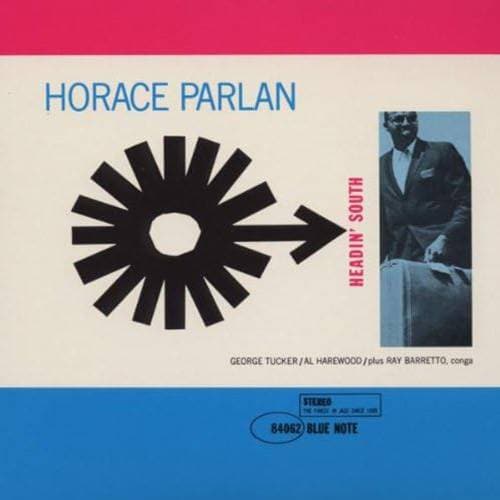
Among the legends in the category of Afro-Cuban jazz is pianist Horace Parlan. He was a jazz pianist born in the state of Pennsylvania, USA.
It is said that Horace suffered from polio as a child, which limited the movement of his right hand ring and pinky fingers. It’s not hard to imagine that this handicap helped shape his funky and original playing style. When listening to his improvisational style, which builds intensity using block chords, you don’t feel the slightest trace of that handicap. On the other hand, the choice of block chords over single tones may very well have been a result of that physical limitation.
Horace Parlan, while funky and earthy, is primarily known as a pianist rooted in bebop. In the early 1960s, the Latin jazz boom was sweeping across the United States, and it’s likely that this album was created in response to record label demands to incorporate more Latin jazz elements.
The album features a trio formation of Horace Parlan (piano), George Tucker (bass), and Al Harewood (drums). A major key point is the addition of percussionist Ray Barretto to this lineup. Ray Barretto was a conga player from Puerto Rico and a central member of the Fania All-Stars. He made a name for himself not only as a performer but also as a composer and he released several solo albums. Listening to his solo album Eye of the Beholder, produced by the Crusaders, reveals compositions with grand, suite-like structures that show he was no ordinary musician.
On the album Headin' South, Ray Barretto’s conga playing vividly enhances the band’s groove and provides a strong foundation for the Afro-Cuban mood.
Recommended track: "Congalegre"
The intro features a walking line on the upright bass, intertwined with Ray Barretto’s congas, while drummer Al Harewood lays down a 3-2 clave rhythm. When the funky piano melody enters, the Latin groove erupts with full force. Horace Parlan’s acoustic piano improvisation unfolds over a 4-beat swing, delivering a funky and passionate solo. While the right hand plays melodic lines incorporating block chords, it's the left hand's powerful comping that intensifies the Latin atmosphere. Although the rhythm is based on a 4-beat, it doesn’t fall into a straightforward bop jazz feel. This is likely due to Parlan’s inherently funky sensibility and the way the entire band locks into the rhythm in response to Barretto’s conga.
■ Recommended Album: Kenny Dorham – Afro-Cuban (1957)

This is one of Kenny Dorham’s signature works and a must-listen classic when discussing Afro-Cuban jazz. It also marks his debut album on the Blue Note label. The rich ensemble of four horns is a highlight of the record. At the rhythmic core of the group is none other than Art Blakey, providing the foundation, alongside a lineup of first-call musicians: Percy Heath (bass), Carlos “Patato” Valdés (congas), Hank Mobley (tenor sax), and Horace Silver (piano). Together, they deliver a passionate and vibrant Latin jazz experience.
Recommended Track: “Afrodisia”
A Latin-flavored piece marked by swirling congas right from the start. This track is also known for having been rediscovered in the 1980s by club DJs in London as a killer tune for dance music. Kenny Dorham is famously the composer of the classic “Blue Bossa”, and fragments of that style can also be heard in this piece. Dorham’s trumpet weaves through the Latin riffs with fluidity. His tone carries a certain melancholy tinged with pathos. The chord progression following the chorus enhances the melody line, bringing out a beautifully expressive saudade-like emotion. This is where the true charm of Latin jazz lies. That deep sense of melancholy is Dorham’s signature, and it directly connects to what we hear in “Blue Bossa.”
■ Recommended Album: Charlie Rouse “BOSSA NOVA BACCHANAL” (1962)
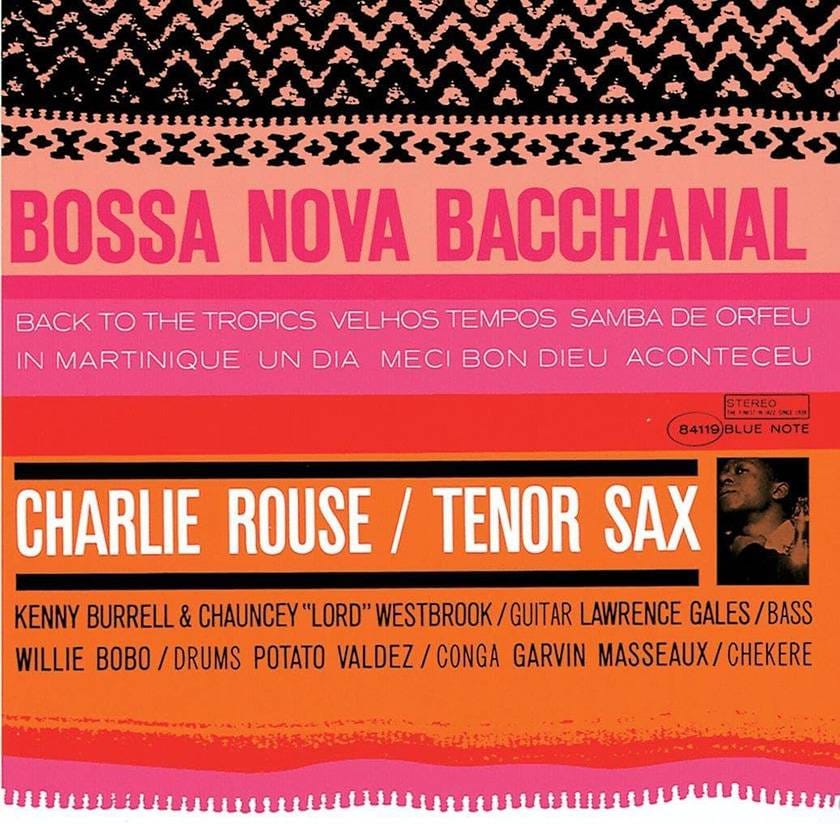
A masterpiece in the Latin jazz category that was released in 1962. The recording members are Charlie Rouse (t.sax), Kenny Burrell, Chauncey “Lord” Westbrook (g), Larry Gales (b), Willie Bobo (dr), and Carlos “Patato” Valdés (conga). You can hear outstanding performances from these first-call musicians of the time.
Recommended Track: “Samba de Orfeu”
The composer of “Samba de Orfeu” is bossa nova singer Luiz Bonfá. Kenny Burrell’s guitar solo, with its dry tone is outstanding. It’s melodic and incredibly expressive, as if it’s singing. Following that is the much-anticipated conga solo by Carlos “Samba de Orfeu” has been covered by many musicians, and the reason is undoubtedly the charm of its relaxed melodic line, which also resonates deeply with the feel of Latin jazz.
■ Recommended Album: Horace Silver “Finger Poppin' with the Horace Silver Quintet” (1959)
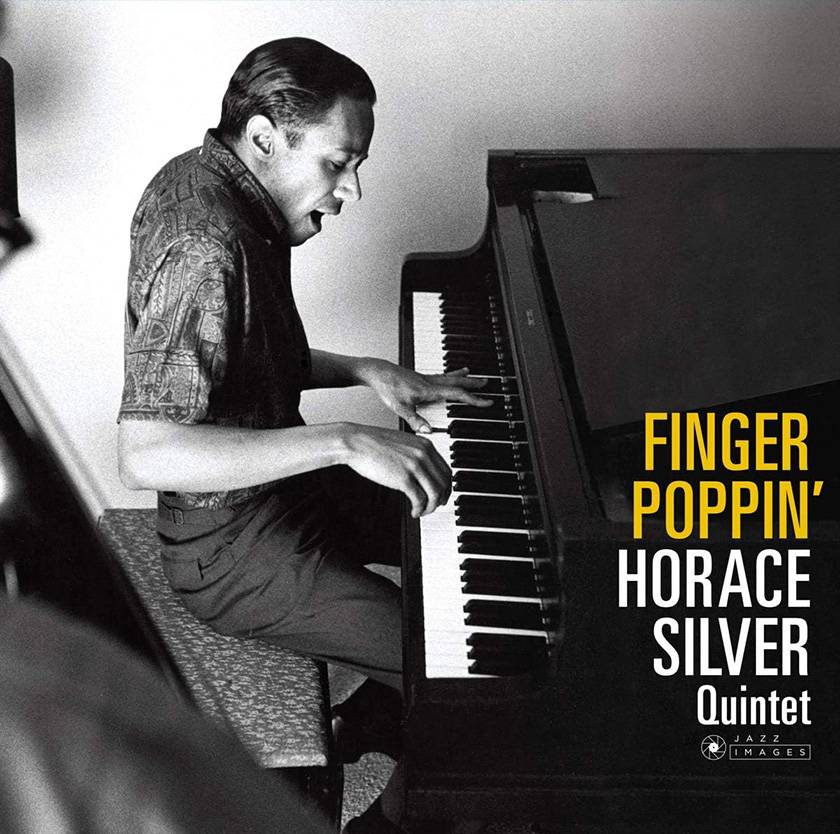
Horace Silver was a jazz pianist and composer born in September 1928 in Connecticut, USA. He is known as the originator of funky jazz. His early 1950s sessions with Art Blakey and others marked the beginnings of the modern jazz style known as hard bop. Later, he formed his own quintet and shifted toward a funky jazz direction, producing a string of hits. “Song for My Father” is his signature piece and one of the most acclaimed jazz albums of all time. In this album, alongside Horace Silver are Blue Mitchell (tp), Junior Cook (t.sax), Gene Taylor (b), and Louis Hayes (dr), forming a powerful lineup that delivers a lively and energetic Latin jazz performance.
Recommended Track: “Swingin’ the Samba”
One of Horace Silver’s signature tunes, featuring a brilliant piano solo. The notes are evenly articulated and delivered with great stability. The flowing Latin-flavored melodic lines seem endless. Though this track does not use congas, drummer Louis Hayes’s floor tom and tom patterns create the illusion of a duet between congas and drums. The resulting groove is astonishing.
Musicians, Albums, and Recommended Tracks Featured in This Article
- Artists: Horace Parlan, Ray Barretto, Kenny Dorham, Charlie Rouse, Kenny Burrell, Horace Silver, etc.
- Albums: HEADIN’ SOUTH, Afro-Cuban, BOSSA NOVA BACCHANAL, Finger Poppin' with the Horace Silver Quintet
- Recommended Tracks: “Congalegre”, “Afrodisia”, “Manhã de Carnaval (Orfeu Negro)”, “Swingin’ the Samba”
The “sound & person” column is made up of contributions from you.
For details about contributing, click here.






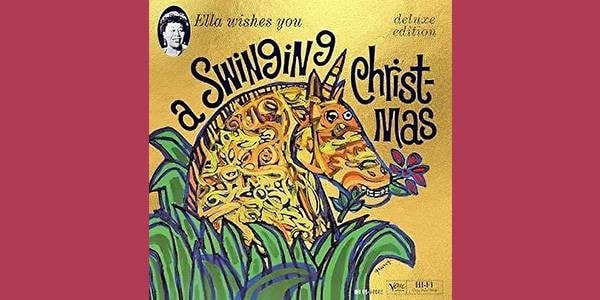
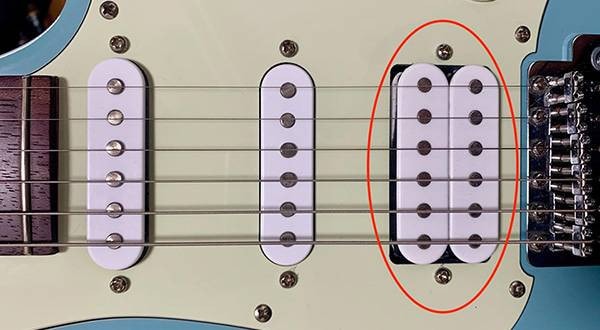

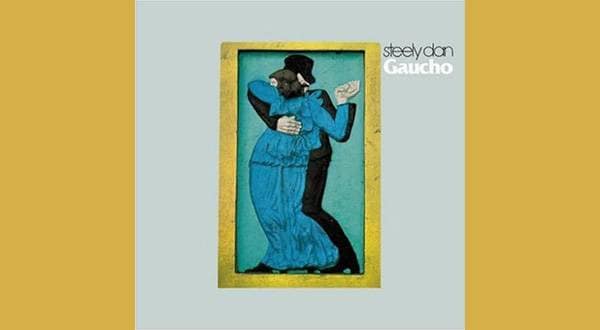
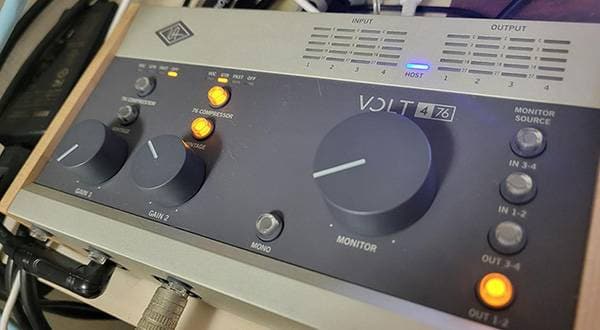

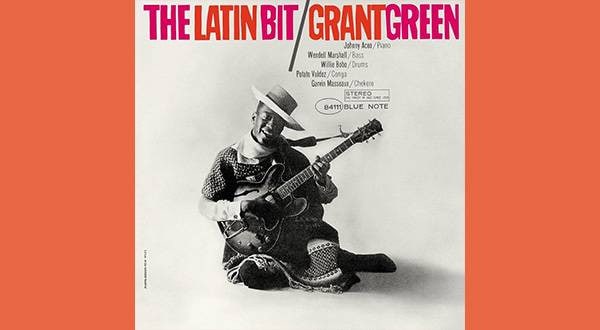

![[Enjoy the Ukulele Even More!] Let’s Play Famous Jazz Songs](/contents/uploads/thumbs/5/2022/4/20220423_5_17660_1.jpg)


 REMO パーカッション
REMO パーカッション
 シンセサイザー 入門ガイド
シンセサイザー 入門ガイド
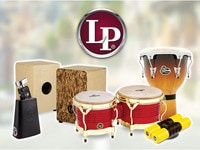 LP パーカッション
LP パーカッション
 ブラジリアンパーカッション編
ブラジリアンパーカッション編
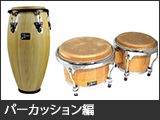 パーカッション編
パーカッション編

